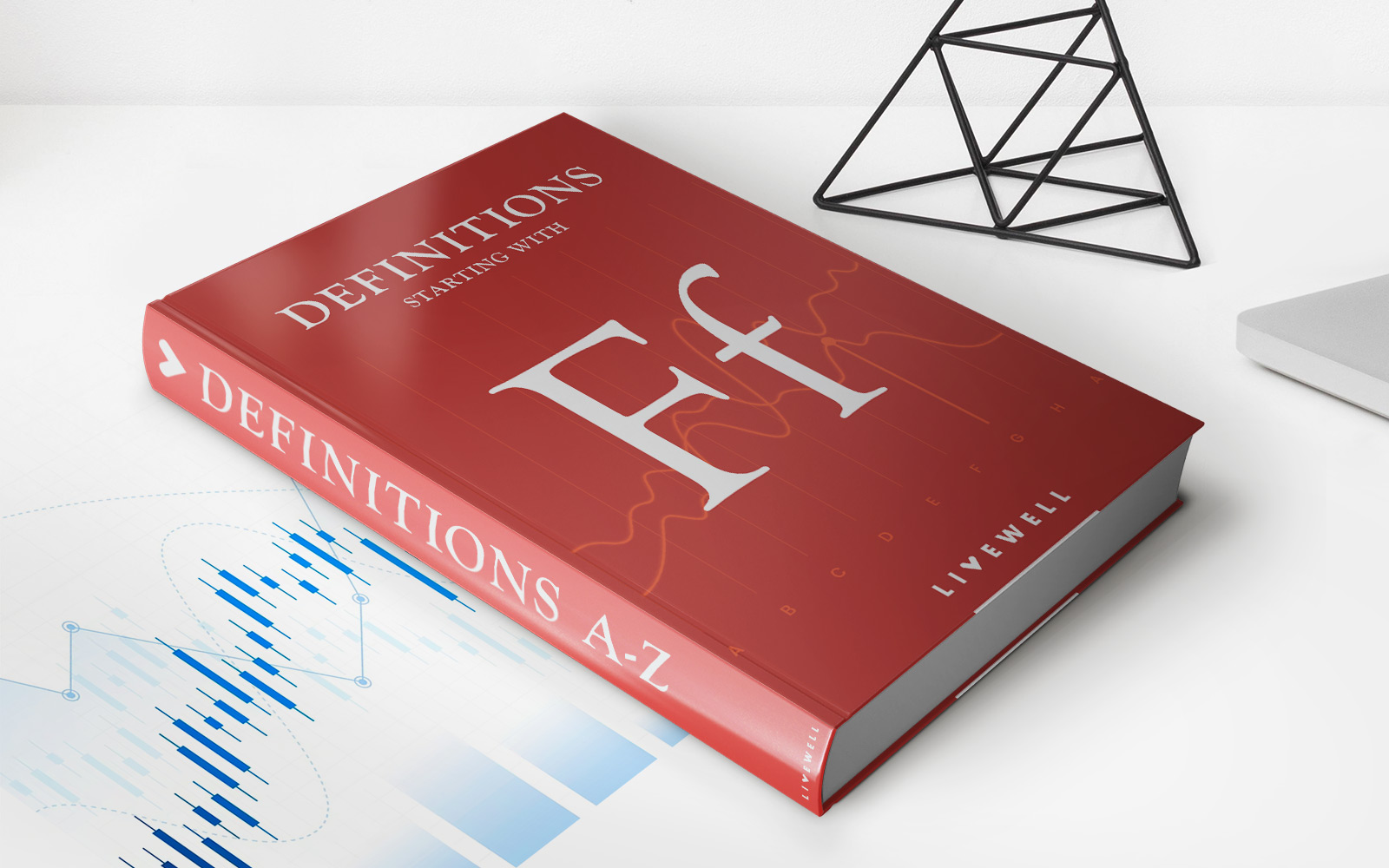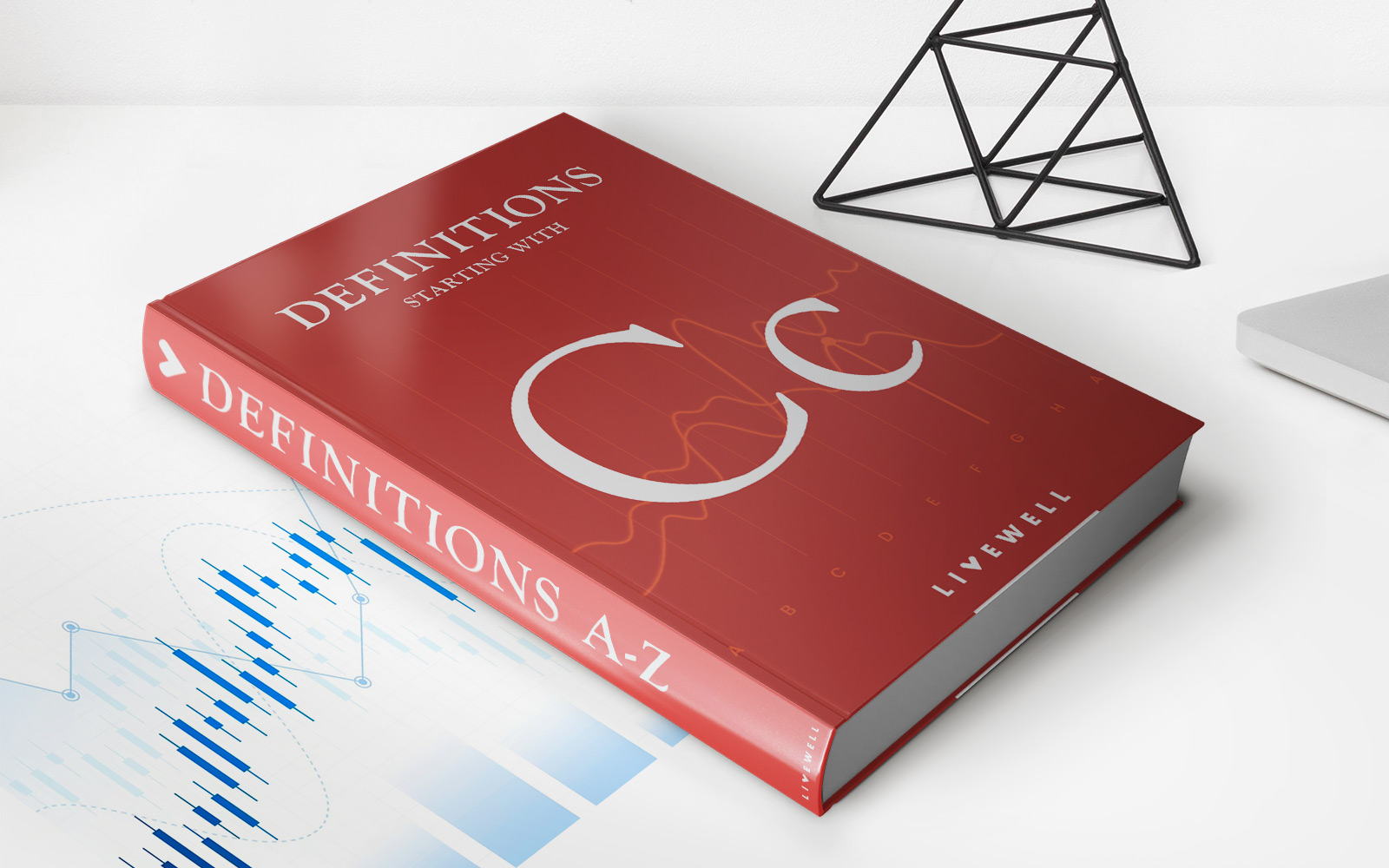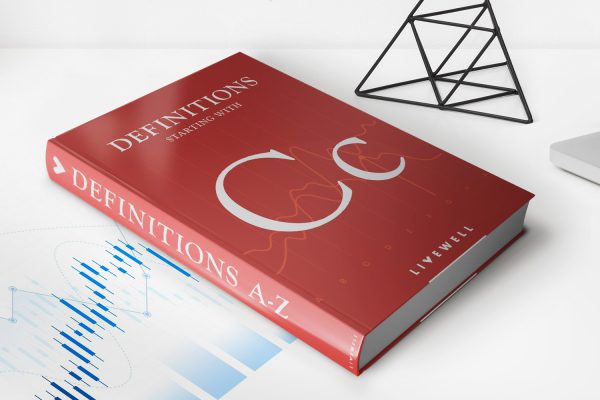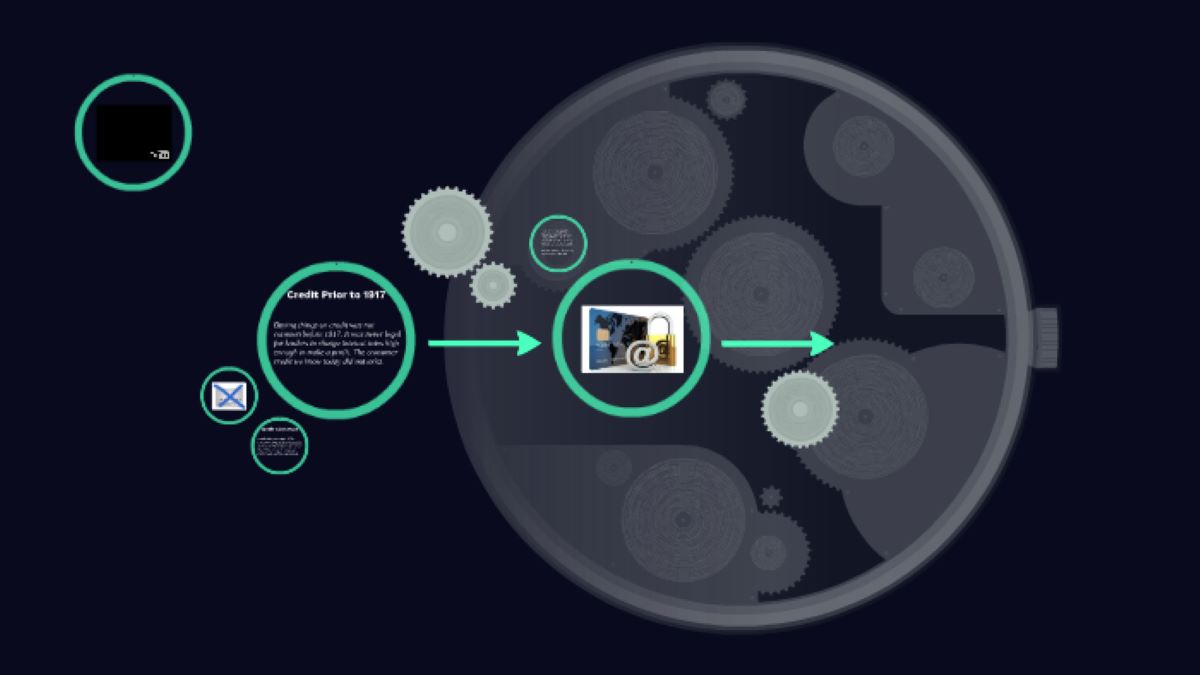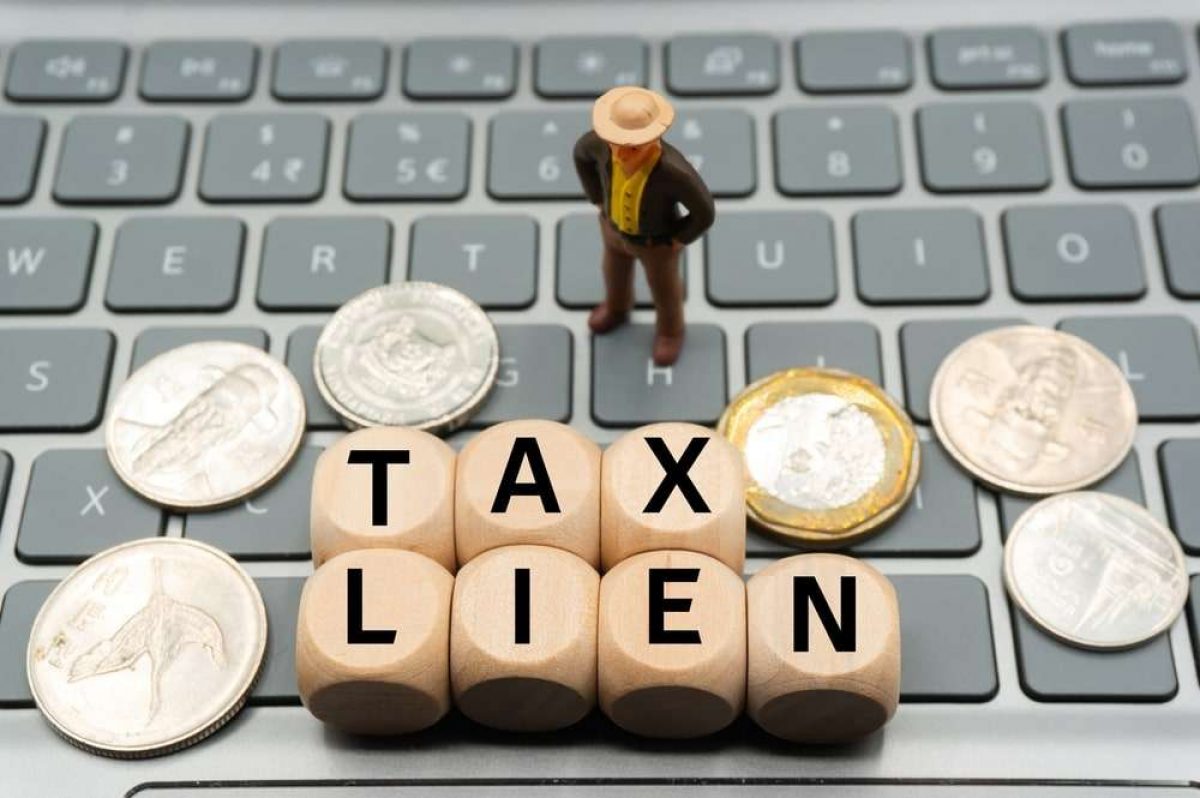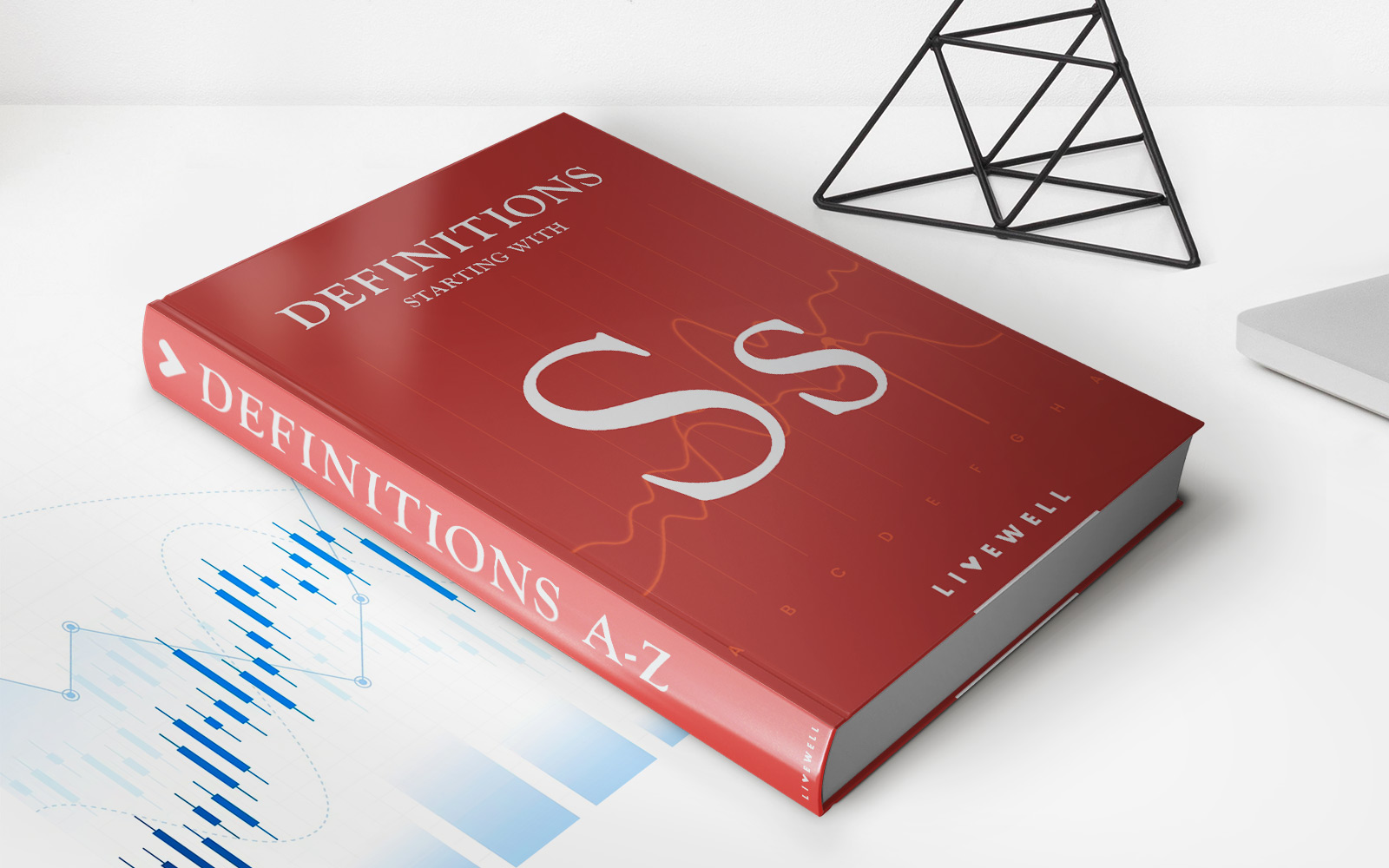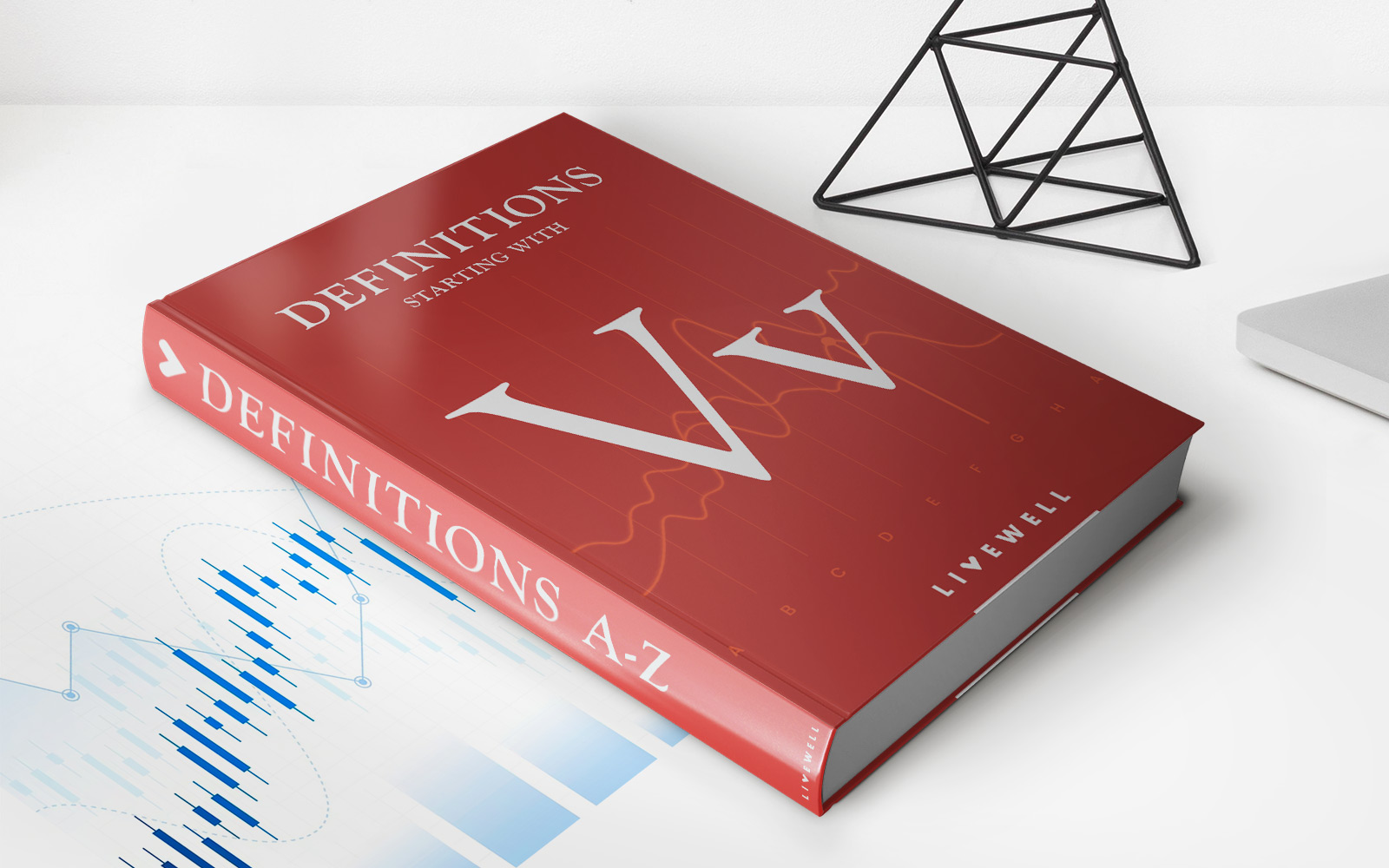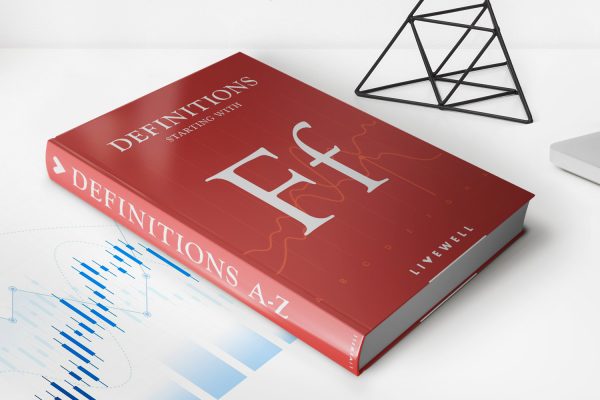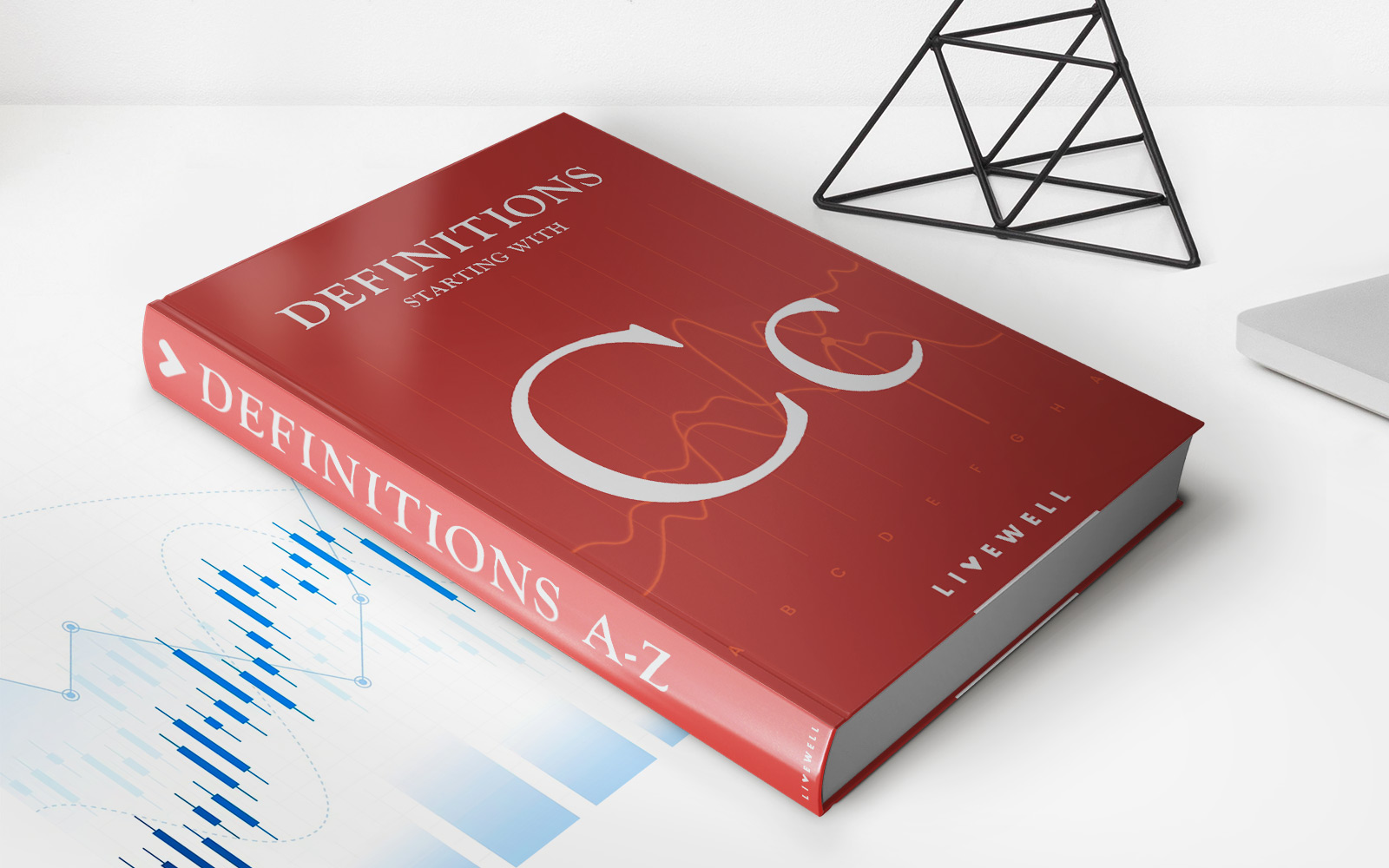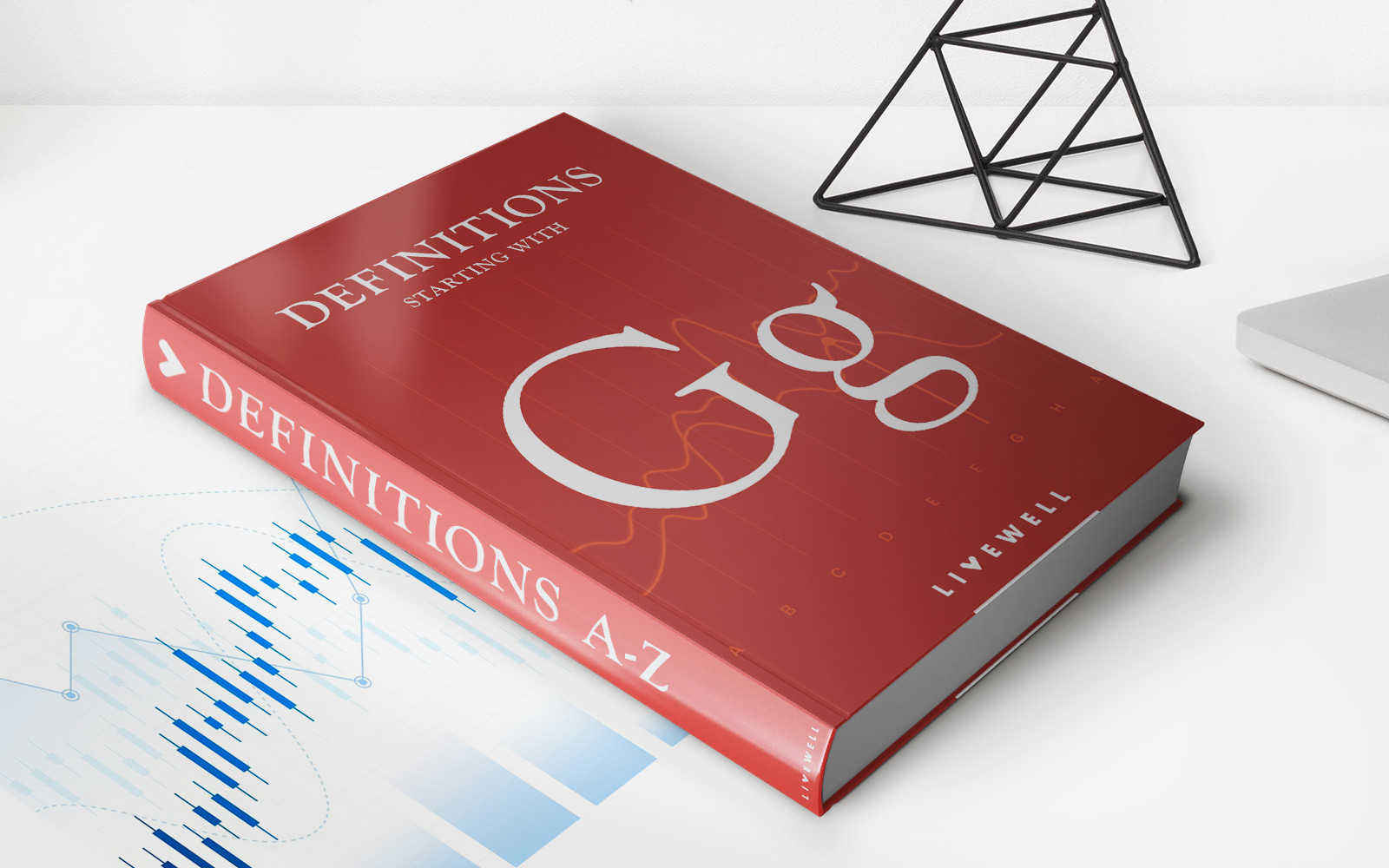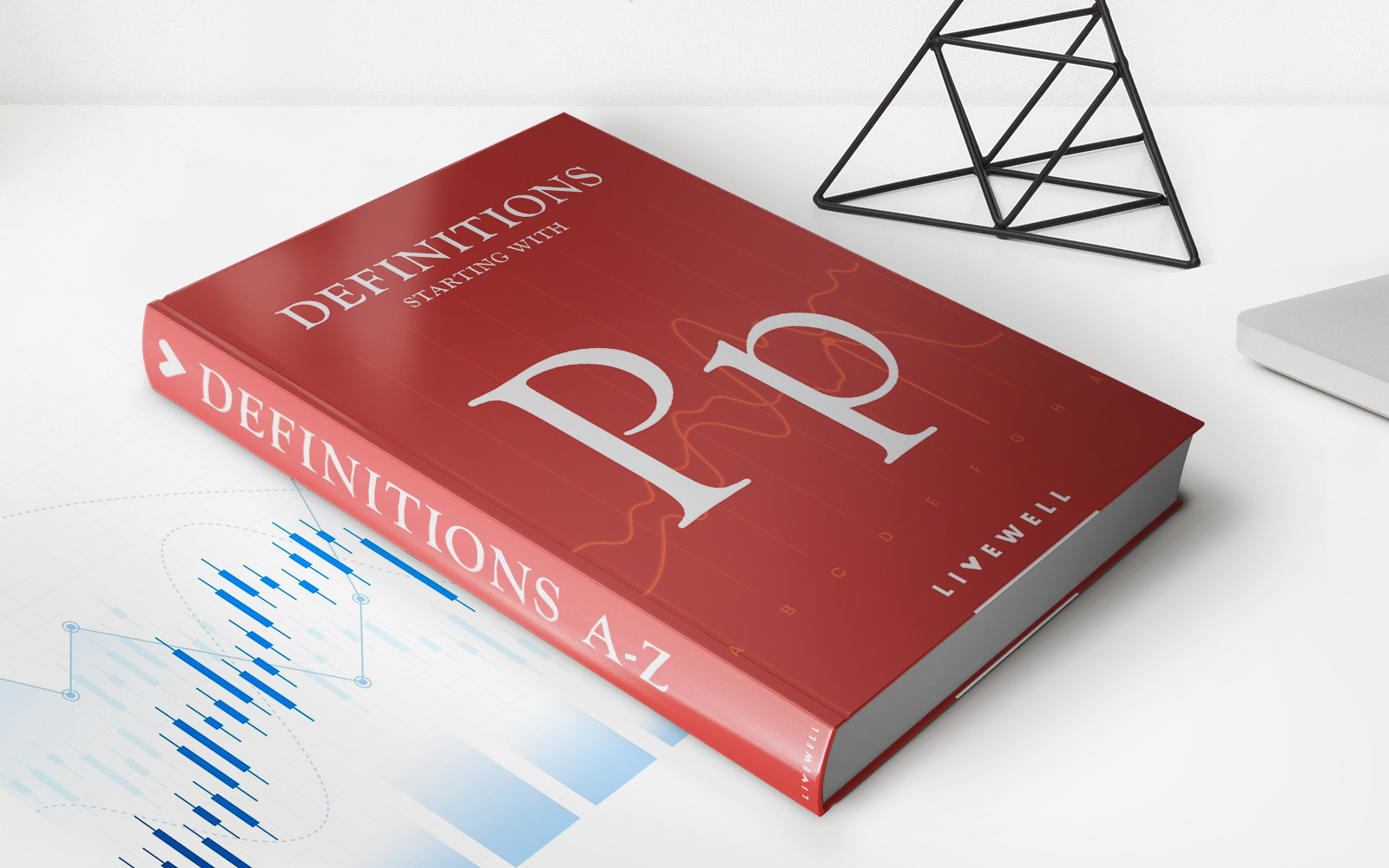

Finance
Prior Lien Definition
Published: January 11, 2024
Learn about the prior lien definition in finance and understand its implications. Stay informed with our comprehensive guide.
(Many of the links in this article redirect to a specific reviewed product. Your purchase of these products through affiliate links helps to generate commission for LiveWell, at no extra cost. Learn more)
Prior Lien Definition: Understanding the Basics of Financial Security
When it comes to navigating the world of finance, there can be many unfamiliar terms and concepts that might leave you feeling a bit bewildered. One such term that you may have come across is “prior lien.” But what exactly does it mean? In simple terms, a prior lien refers to a legal claim or right that takes precedence over other claims or rights in cases of default or bankruptcy. In other words, it establishes the order in which creditors will be paid when there’s not enough money to fulfill all obligations.
Key Takeaways:
- A prior lien is a legal claim or right that takes priority over other claims in the event of default or bankruptcy.
- Understanding prior liens is essential when assessing the risk of investment or lending decisions.
Now that we have a brief understanding of what a prior lien is, let’s dive deeper into its significance and how it impacts various financial transactions.
1. Prior Lien and Collateral
In many cases, a prior lien is created when collateral is used to secure a loan or debt. Collateral typically refers to assets or property that can be seized by the lender in the event of default. When an individual or entity pledges an asset as collateral, a lien is placed on that specific asset, establishing the lender’s priority in the event of liquidation. For example, if a person obtains a mortgage to purchase a house, the mortgage lender will have a prior lien on the property.
2. Assessing Creditworthiness
Prior liens are critical for lenders and investors when assessing the creditworthiness or risk associated with a financial transaction. By determining the existence and priority of prior liens, lenders can make more informed decisions about extending credit or making investments. Higher-priority liens generally represent lower risk, as these creditors have a greater chance of being repaid in full should a default occur. On the other hand, lower-priority liens may face more risk, as other creditors with prior liens will have claim preference.
Ultimately, understanding the concept of prior liens allows individuals and businesses to make better-informed financial decisions. By considering the hierarchy of liens and the potential impact on repayments, investors and lenders can minimize risk and protect their interests.
In conclusion, a prior lien is a legal claim or right that takes priority over other claims in cases of default or bankruptcy. It is an essential concept in finance, particularly when dealing with collateralized loans and assessing creditworthiness. By understanding prior liens and their implications, individuals and businesses can navigate the complexities of finance with greater confidence.
